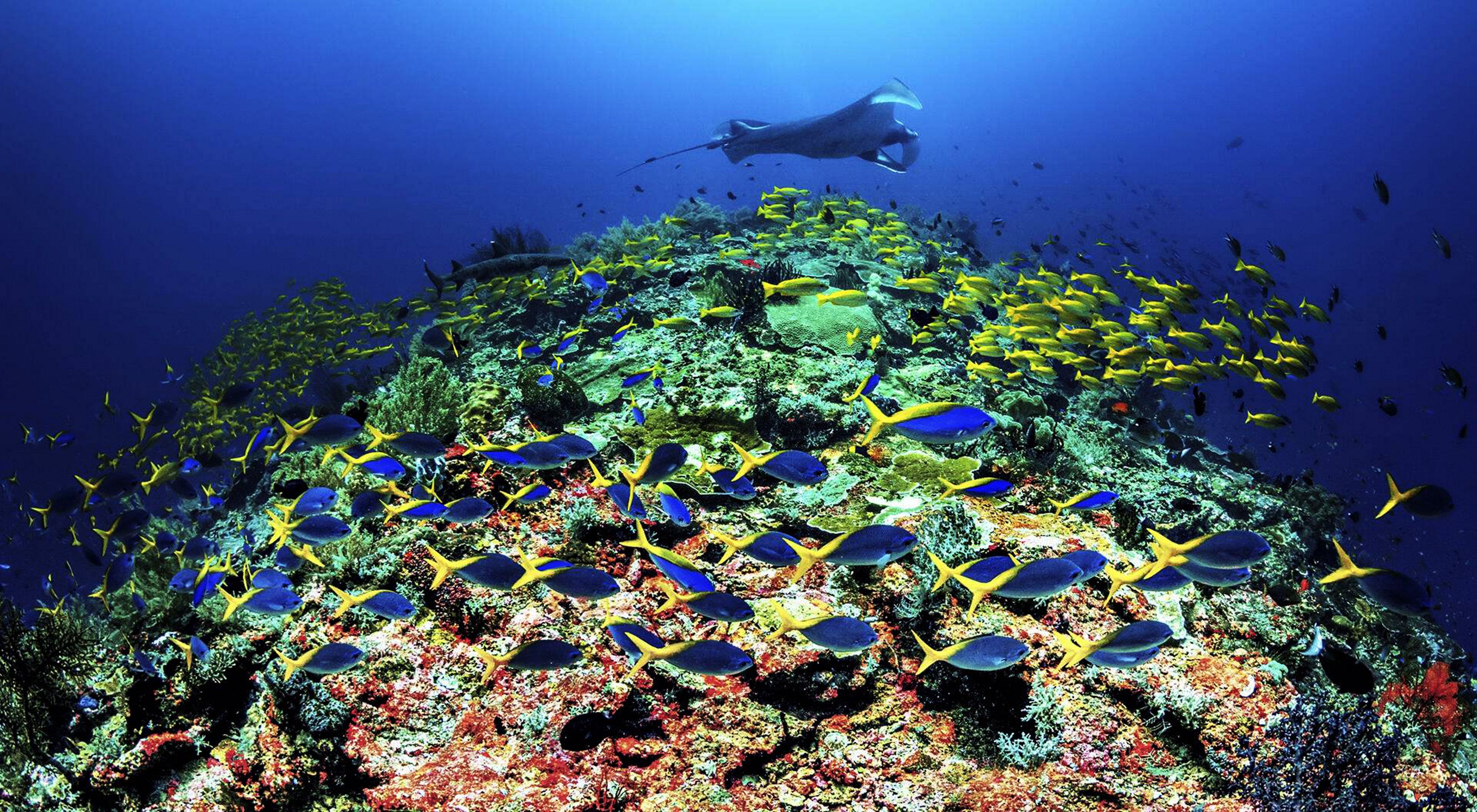With Yayasan Konservasi Alam Nusantara, The Nature Conservancy & Disney to protect Indonesian marine species in the "Keep Our Oceans Amazing" Campaign
20th Century Studios has released “Avatar: The Way of Water” which invites the audience to dive into a world of imagination, pleasing the eyes as well as arousing the senses. In order to launch the second Avatar film starting December 14, 2022, 20th Century Studios and The Nature Conservancy are carrying out the "Keep Our Oceans Amazing" campaign to protect 10 marine species namely beluga whales, blue whales, whale sharks, hawksbill turtles, manatees, manta rays, parrot fish, staghorn coral, sea lions and mangroves, which are directly connected to the beauty of Pandora.
As the main partner of The Nature Conservancy in Indonesia, Yayasan Konservasi Alam Nusantara supports this campaign. Moreover, seven of the 10 marine species that are targeted for conservation in the "Keep Our Oceans Amazing" initiative can be found in Indonesia.

Avatar Keep Our Oceans Amazing
Two-thirds of Indonesia's territory is waters that support life for more than 60 percent of the population and has the highest marine biodiversity in the world.
The oceans have great meaning for every human being, wherever they are. We depend on the ocean for food, livelihood, connection to culture, even for the quality of the air we breathe.
Get to know the 7 marine species that are part of the marine conservation mission “Keep Our Oceans Amazing”.
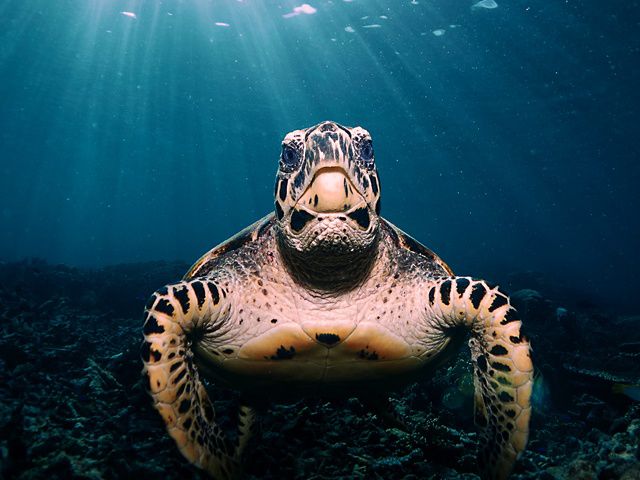
Hawksbill Sea Turtle
This turtle spends much of its time in lagoons and coral reefs. They eat sponges which creates space for corals to grow. They keep jellyfish populations in check and feed on many other invertebrates. Over 100 species can live on a sea turtle's shell.
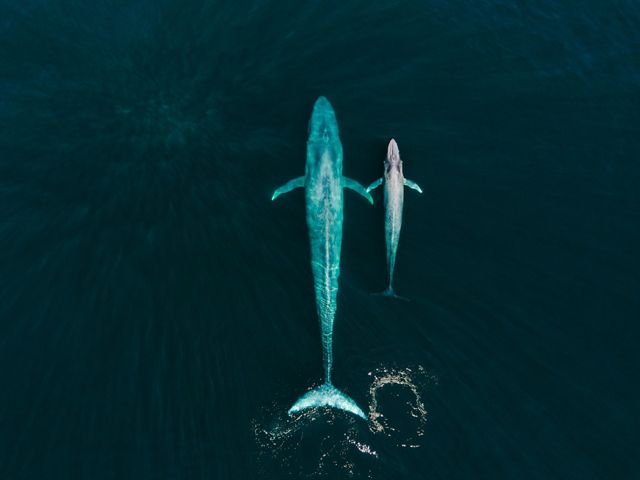
Blue Whale
The largest animal known to have ever existed, the blue whale weighs around 200 tons. Adults eat up to four tons of tiny krill each day and live up to 90 years. These iconic giants are important to ocean health, distributing nutrients as they feed.
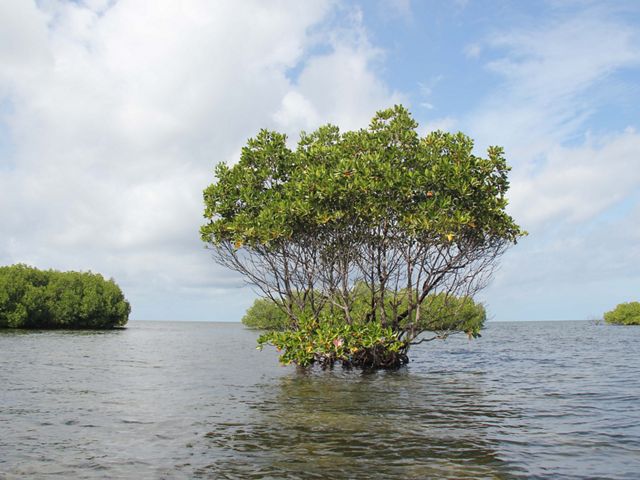
Mangroves
Master survival artists, climate heroes and nature’s nursery, mangroves provide habitat and shelter for over 3000 fish species, can store 3 to 5 times more carbon per area than tropical upland forests, and provide livelihoods for over 120M people.
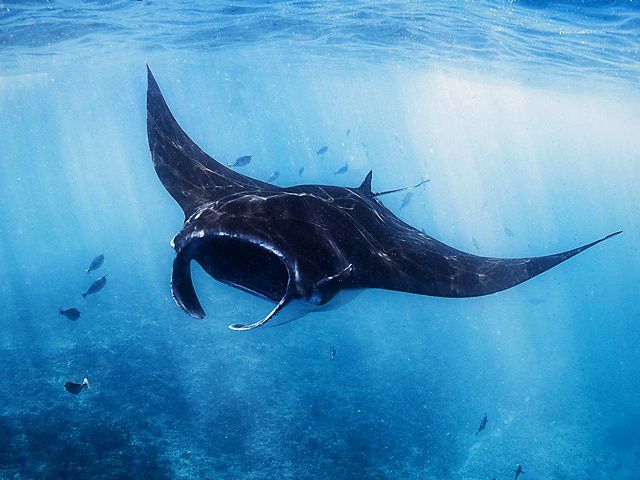
Manta Ray
Highly intelligent, highly threatened manta rays can have a wingspan of up to 30 feet. Manta means blanket or cloak in Spanish and when feeding, these rays swim with their mouths open wide to draw in plankton and krill.
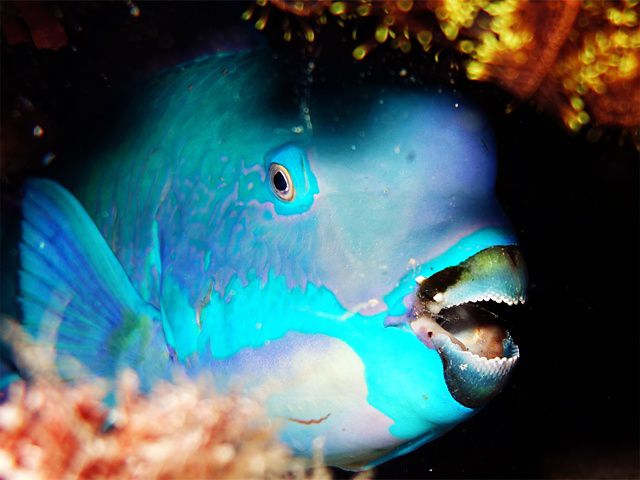
Parrotfish
The colorful parrotfish lives in coral reefs. Parrotfish eat algae and coral. They have teeth inside their throat that crushes the coral bits which become the white sands that form beautiful beaches.
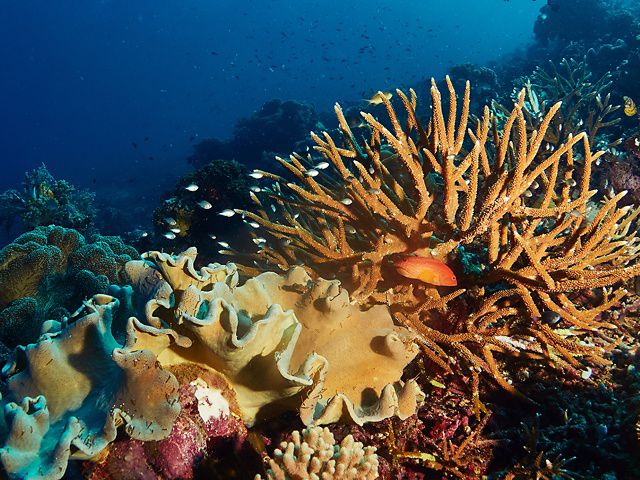
Staghorn Coral
Staghorn coral is named after its resemblance to antlers. They are the fastest growing corals, growing up to 4-8 inches per year. Speedy as staghorn corals are, their skeletons can be easily damaged by storms and human activity.
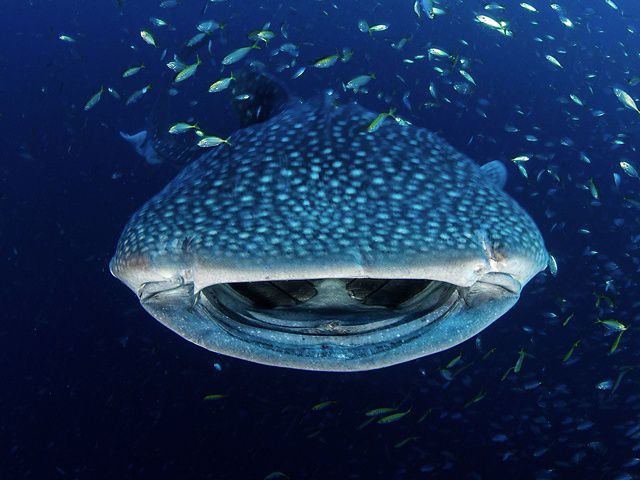
Whale Shark
The whale shark is the largest fish alive today, growing an average 18-32 feet. Often called “gentle giants,” they feed on plankton and travel far distances to find food. Their white spotted coloration makes them easy to distinguish.
